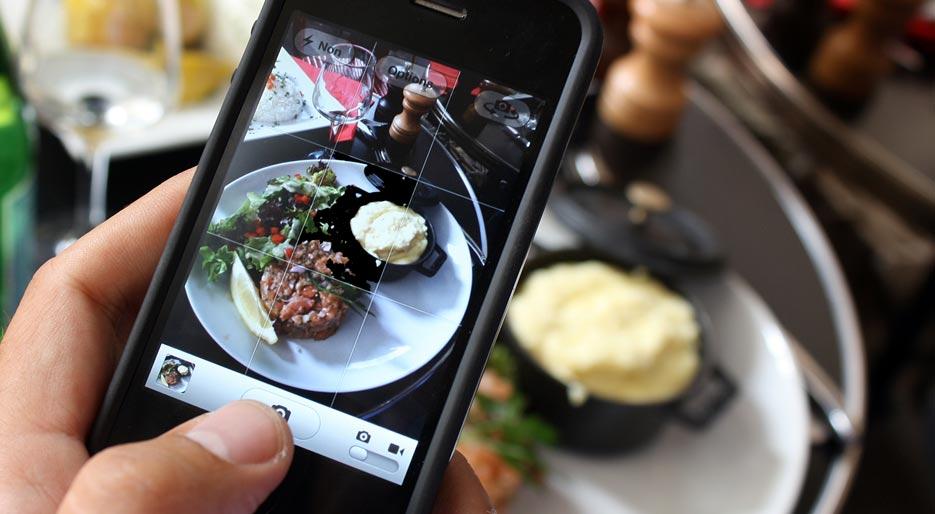
Are smartphones viable for food photography?
Food photography has come up by leaps and bounds in recent times.
Photography itself is under a new surge of reinvention and food photography is one of the emerging areas of the same. With tantalizing artistry and consummate perfection required to bring out each shot beautifully, the competent artist must not be without proper tools. This has given rise to a debate about the efficacy of smartphones when it comes to taking photographs of food. Such widespread debate has been spawned by the atrociously poor smartphone food photographs taken by celebrated television chef Martha Stewart.
After being posted on Twitter, these poor quality photographs were even used as inspiration for some pretty infamous memes. Another globally acclaimed television chef Nigella Lawson has also been struggling with poor quality smartphone photographs of her otherwise mouth watering dishes. For both television chef-divas, image and appearances come across just as important as the food they actually prepare. In such a scenario, such ugly, unappealing photographs come across as a shock of sorts. To come to the major question, are smartphones really viable for food photography?
Martha Stewart’s Twitter photographs went berserk due to the usage of the smartphone camera flash in rooms with very little light. Taking photographs with smartphones depends on the key principle that uses reflected light off things and people as the actual pictures. People go wrong they picture their photos mentally instead of focusing on the actual scenario in front of them. A dimly-lit restaurant or kitchen area might seem an amazing backdrop for some food photos as per your mental aesthetics. However, the smartphone camera may not be able to replicate the picture you had in mind.
Non usage of flash means the absence of colors in the photo which proves to be a dampener even in case of increase in brightness. However, improper usage of the flash results in unnecessary additions of green and blue hues to images, making them absolutely unappealing. Food is a tough photographic subject especially with smartphones. Only the iPhone 5S can compensate for this problem to some extent due to the embedded flash color correction feature. However, this does not make up for the core problem every time. Low light also delays proper camera focusing for which the focus selection feature should be used. Taking multiple shots also increases chances of finding one photograph absolutely within focus.
Finally, using Google+ could be a solution as full resolution photographs are always posted onto social networking sites.
Google has its own range of editing tools which are automatically applied once any photograph is uploaded. Run your photographs through Google+ before sharing them on Twitter or Facebook. Natural diffused sunlight or bright ambient lighting works best for food photography. Also keep your own position in mind so as to avoid casting shadows onto the photograph. Smartphones can be remotely viable in such a scenario. Food photographs need to be exquisitely colorful and enticing to earn appreciation. In such a context, use a smartphone only as per the above tips to get quality photographs in the bargain.





The Quest 3 Gets Personal: Unveiling Meta AI’s Assistant for VR
Third-Party Cookie Crumble? Google Reverses Course, Keeping Cookies in Chrome
The Power of Creation, the Price of Privacy: Top Risks of Generative AI
GPT-4o Mini: Unveiling OpenAI’s Accessible AI Powerhouse